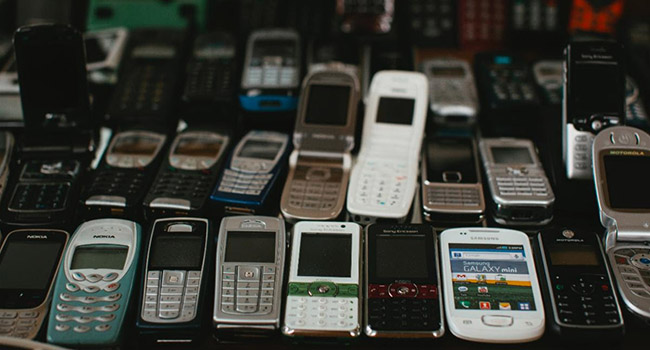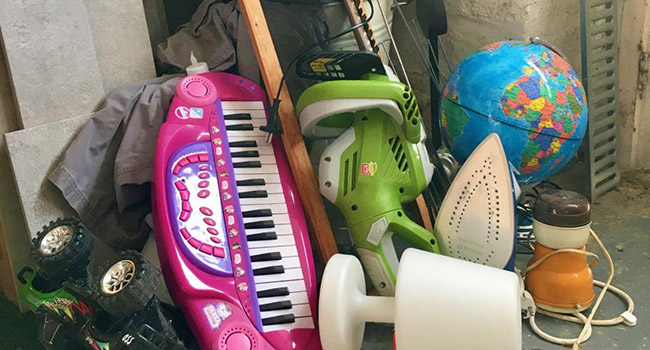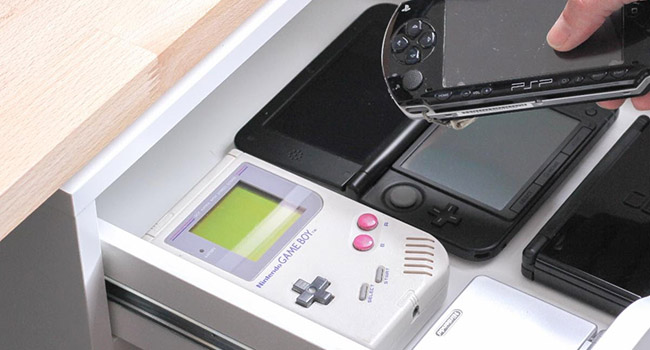
This year’s worldwide mountain of waste electronic and electrical equipment will total an estimated 57.4 million tonnes – greater than the weight of the Great Wall of China, the world’s heaviest artificial object, said the Waste Electronic and Electrical Equipment Forum (WEEE), on International E-Waste Day, yesterday.
The date 14 October 2021 is designted as International E-Waste Day.
E-Waste is made up of discarded Electronic appliances such as mobile phones computers and televisions.
The WEEE Forum is an international association, based in Brussels, representing forty-five electrical and electronic equipment producers.
According to Pascal Leroy, the Director General of the WEEE Forum, the organisation behind International E-Waste Day: “Many factors play a role in making the electrical and electronics sector resource efficient and circular. For example, our member producer responsibility organisations collected and secured responsible recycling of 2.8 Mt of e-waste in 2020. But one thing stands out: as long as citizens don’t return their used, broken gear, sell it, or donate it, we will need to continue mining all-new materials causing great environmental damage.”
“This year’s focus for International E-Waste Day is the crucial role each of us has in making circularity a reality for e-products. This is more important than ever as our Governments go into COP26 to discuss global action to reduce carbon emissions. Every tonne of WEEE recycled avoids around 2 tonnes of CO2 emissions. If we all do the right thing with our e-waste we help to reduce harmful CO2 emissions.”

Global e-waste generation is therefore growing annually by 2 million tons, or about 3 to 4%, a problem attributed to higher consumption rates of electronics (increasing 3% annually), shorter product lifecycles and limited repair options.
When it comes to mobile phones, a French study estimates that 54 to 113 million mobile phones alone, weighing 10 to 20 tons, are sleeping in drawers and other storage spaces in French homes.
In the US, while many mobile phones are recycled, an estimated 151 million or more phones a year – approximately 416,000 a day are trashed and end up incinerated or landfilled, and that 40% of heavy metals in US landfills come from discarded electronics.
By weight discarded big appliances such as stoves and refrigerators constitute the largest component or e-waste. These large appliances contain steel, copper and aluminium which makes them attractive to thieves. Despite concerted efforts by governments at many levels, this problem persists.
“Alongside convenience, financial compensation, care for the environment, culture and social norms, awareness is one of the key motivators for people to take action on e-waste,” says Magdalena Charytanowicz of the WEEE Forum in charge of International E-Waste Day.
“This is why on 14 October we hope to reach as many citizens worldwide as possible and urge the proper disposal of end-of-life electronics ay encouraging campaigns and awareness activities such as e-waste collections, school lectures, and social media outreach. Even the smallest action promoting sound e-waste collection, repair, reuse or recycling is welcome in the frame of International E-Waste Day.”
On International E-Waste day 2021, leading experts and producer of responsible organisations are calling on households, businesses and governments to get behind the efforts to get more dead or unused plug-in or battery-operated products to facilities where they can be either repaired or recycled to recover a fortune in valuable materials and reduce the need for new resources.

|



